Premium Only Content
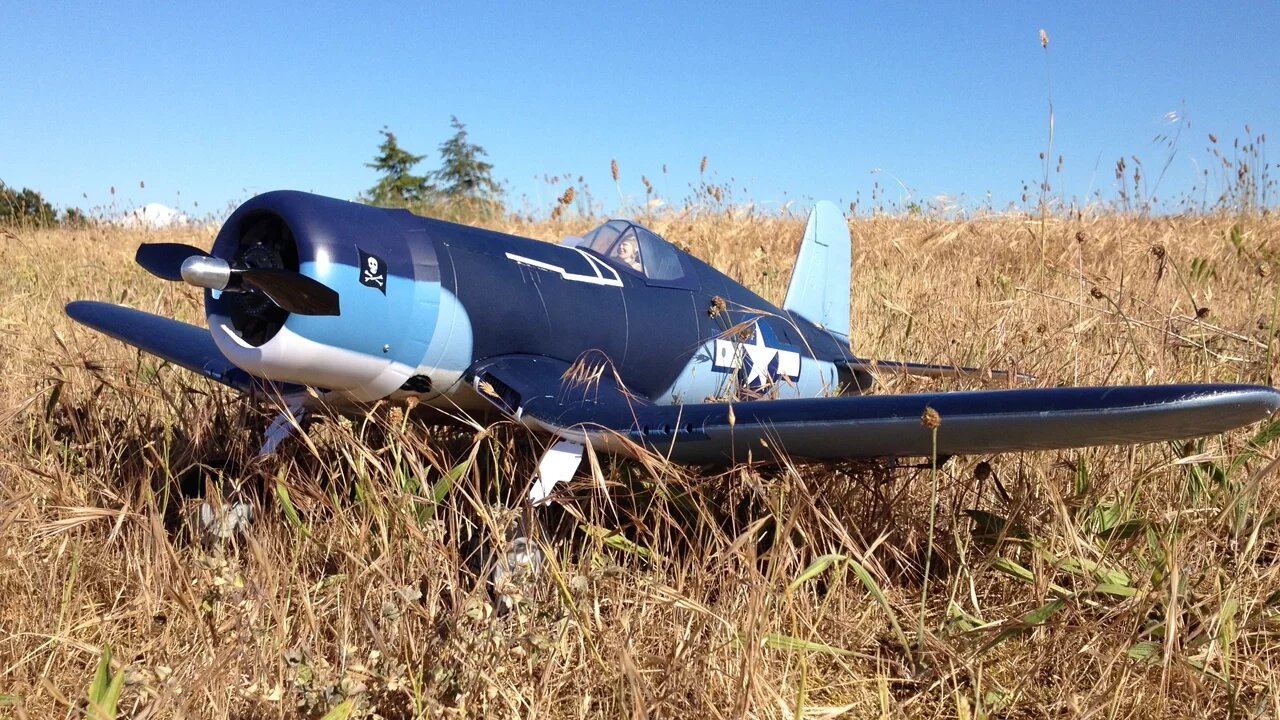
Parkzone F4U-1A Corsair WWII Warbird RC Plane off Semiahmoo Bay on the Pacific Ocean!
This video contains footage of this Parkzone F4U-1A Corsair WWII Warbird RC Plane off Semiahmoo Bay on the Pacific Ocean. It shows a take-off from the worst rough I have ever flown out of and I also throw in some some scale flight, tricks, and two of the ugliest landings ever with this plane caught on video lol
Here is a link to my Amazon Store to help support the channel and keep it independent: https://www.amazon.com/shop/gblyndensrc
RC Equipment Used In This Video:
- Spektrum DX6 Radio: https://amzn.to/2RgoDes
In addition to this video, I have an unboxing, maiden, and review to show what one should expect if they purchase this PNP (Plug-N-Play) RC model. I am very honest and have no bias in that video since I paid for this myself with my own money.
This RC Plane Park Flyer is brought to us by RC juggernaut Horizon Hobby. This is also a favorite of many WWII Warbird fans and may be one of the better PZ Parkflyer options they have ever released under their Parkzone brand, though it is debatable if this plane is in fact an upgrade over the previous version for fancy flaps and retracts.
You can watch that video review by clicking on this link: http://youtu.be/b3H2_GPF0Ek
You can also read my review notes for the F4U-1A Corsair Parkzone, which is no longer newest Parkzone F4U Corsair below:
Cons:
- The paint is very fragile
- The bomb drop fasteners are weak
- Landing gear hardware could be better
- It needs a lot of trim out of the box
Pros:
- Nice looking Parkzone Corsair RC plane
- Upgradable
- Flies nice once trimmed
- Takes off on grass with stock landing gear
Takeaway: This is a very nice RC plane in the Parkzone Corsair, but it is not a T-28 Trojan! This plane was flown 100% stock with the exception of flying with a Gforce 2200mAh lipo battery and rough field landing gear during this video.
The advent of the BNF (Bind and Fly) and PNP (Plug and Play) makes it easy to become addicted to Horizon Hobby brand products such as Parkzone, E-flight, and Blade. I can fly all of their planes and Heli's with my trusty DX6i 6-channel transmitter radio.
Note: This is not the E-flite UMX F4U Corsair with AS3X Technology. Some people also might call that plane a Parkzone Ultra Micro or Parkzone UM. Regardless, this the big one. This is also not the Hobbyzone F4U Corsair S BNF with SAFE Technology. That one is a trainer and a much different bird than this one.
Operational History
The performance of the Vought F4U Corsair was impressive. The F4U-1 was considerably faster than the Grumman F6F Hellcat and only 13 mph slower than the Republic P-47 Thunderbolt;all three were powered by the R-2800. The F4U-1 reached its maximum speed at 19,900 ft (6,100 m),[32] and used a mechanically supercharged engine.[33]
The U.S. Navy received its first production F4U-1 on 31 July 1942, but getting it into service proved difficult. The framed "birdcage" style canopy provided inadequate visibility for deck taxiing. Even more seriously, the machine had a nasty tendency to "bounce" on touchdown, which could cause it to miss the arresting hook and slam into the crash barrier, or even go out of control. The long "hose nose" visibility problem and the enormous torque of the Double Wasp engine also created operational problems.
Carrier qualification trials on the escort carrier USS Sangamon, on 25 September 1942, caused the U.S. Navy to release the type to the United States Marine Corps.[34] Early Navy pilots spoke disparagingly of the F4U as the "hog", "hosenose" or "bent-wing widow maker".[35] After all, the U.S. Navy still had the Grumman F6F Hellcat, which did not have the performance of the F4U but was a far better deck landing aircraft. The Marines needed a better fighter than the F4F Wildcat. The type was declared "ready for combat" at the end of 1942, though only qualified to operate from land bases until carrier qualification issues were worked out.[36]
The first recorded combat engagement was on 14 February 1943, when Corsairs of VMF-124 under Major Gise assisted P-40s and P-38s in escorting a formation of Consolidated B-24 Liberators on a raid against a Japanese aerodrome at Kahili. Japanese fighters contested the raid and the Americans got the worst of it, with four P-38s, two P-40s, two Corsairs and two Liberators lost. No more than four Japanese Zeros were destroyed. A Corsair was responsible for one of the kills, although this was due to a midair collision. The fiasco was referred to as the "Saint Valentine's Day Massacre".[42][43] Although the Corsair's combat debut was not impressive, the Marines quickly learned how to make better use of the aircraft and started demonstrating its superiority over Japanese fighters. By May, the Corsair units were getting the upper hand, and VMF-124 had produced the first Corsair ace, Second Lieutenant Kenneth A. Walsh, who would rack up a total of 21 kills during the war.[44]
-
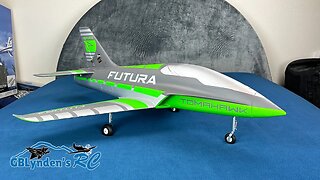 5:51
5:51
GBLynden's RC
1 year agoDetailed Unboxing | FMS Futura 64mm EDF Sport Jet
266 -
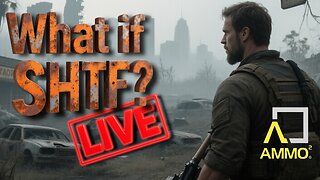 LIVE
LIVE
BlackDiamondGunsandGear
6 hours agoGet Prepped / After Hours Armory / LIVE SHOW /
90 watching -
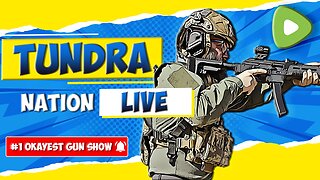 2:01:39
2:01:39
Tundra Tactical
5 hours ago $2.93 earned🛑LIVE NOW!! This spits in the face of the Second Amendment.🛑
15.8K -
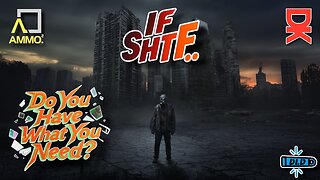 LIVE
LIVE
DLDAfterDark
3 hours ago $0.62 earnedIt's SHTF! Do You Have What You Need?? Let's Review Items & Priorities
150 watching -
 28:58
28:58
Stephen Gardner
5 hours ago🚨Explosive allegations: Rosie O’Donnell connects Trump to Epstein scandal!?
20K48 -
 LIVE
LIVE
SavageJayGatsby
1 day agoSpicy Saturday | Let's Play: Grounded
445 watching -
 2:06:27
2:06:27
MattMorseTV
6 hours ago $45.19 earned🔴Vance just went SCORCHED EARTH.🔴
121K166 -
 46:41
46:41
The Mel K Show
11 hours agoMel K & Corey DeAngelis | The Hopelessly Captured Teacher’s Unions: Biggest Threat to Our Children & Future | 9-6-25
31.9K4 -
 2:52:42
2:52:42
Mally_Mouse
1 day ago🔥🍺Spicy HYDRATE Saturday!🍺🔥-- Let's Play: Grounded
29.6K2 -
 1:32:27
1:32:27
Patriots With Grit
6 hours ago"HELP... They're Killing Me" | Gail Seiler
11.4K1